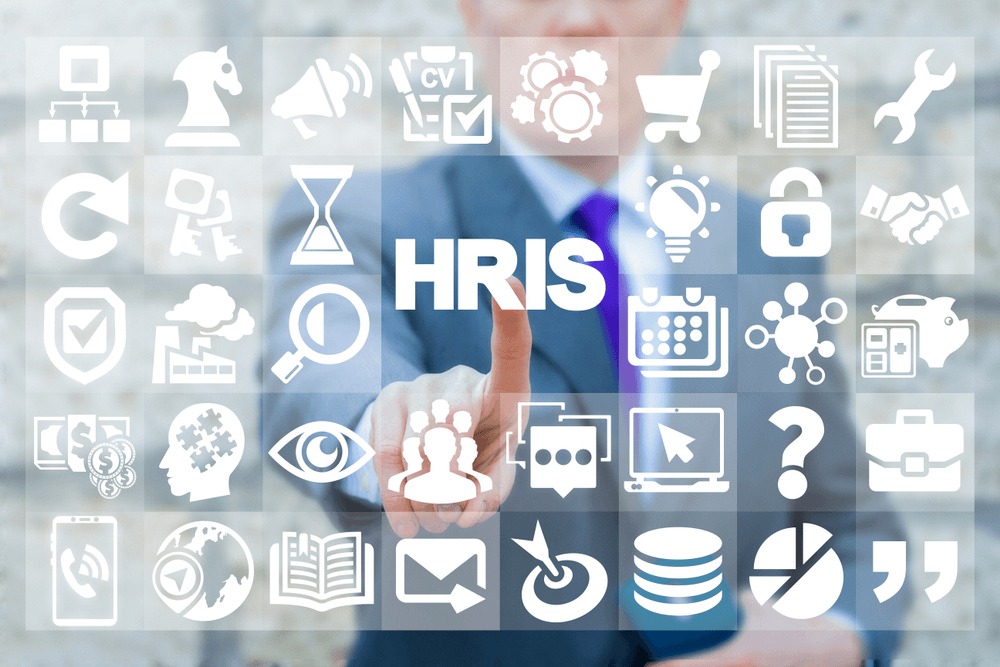A new HRIS solution can impact an organization in far-reaching ways. The system must be sustainable in the long run, which means it should be able to mitigate data and have customizable report capabilities to individual company needs.
The best HRIS providers offer a variety of training and how-to documentation for new users. This is a great way to decrease errors during the implementation process.

Create a Transition Plan
The first step in creating a successful HRIS system transition plan is to create a detailed list of tasks. This includes the person responsible for each task, who the task impacts, and the delivery date. This is a great way to keep the project moving forward and to make sure to complete all important deadlines.
The second step in creating a transition plan is communicating openly and transparently about the new system. It is important to show the benefits the new system will bring employees and managers and how it will improve overall efficiency. It is also important to address any concerns or fears that stakeholders may voice productively.
Lastly, the company must ensure that all relevant departments are involved in the transition process. Including input and feedback from departments that use the data from the new system (such as payroll, benefits, time tracking, pulse surveys, or learning systems) is crucial for ensuring that the transition process is a success.
Many HR software companies offer implementation services to help facilitate the transition process. These services can include a framework, a timeline, training materials, and other helpful tools. Using an implementation service is one of the best ways to guarantee the transition’s success. Having someone to help guide the department and management through the process can help mitigate any communication challenges, misunderstandings, or missteps that might occur.
Create a Training Plan
HRIS software is often a complex piece of technology that needs to be taught how to be used. Employees must be trained not only on the technical aspects of the system but also on how it fits into their role and the company structure. This can be challenging for employees, who may feel they are losing their job-related skills and knowledge. To help with this, it is essential to have a training plan in place.
When designing a training plan, consider how to encourage your employees to embrace the change. One way to do this is through visuals and messaging. We recently worked with a healthcare company that used real employee quotes to help drive the adoption of their new HRIS. Employees were encouraged by words they recognized and understood from their colleagues, which helped them feel more comfortable with the transition.
A good HRIS training plan should include a combination of classroom and online learning options. It should also allow employees to access training at their own pace. Lastly, it should provide an aggregated self-help menu to guide employees through common questions and issues.
In addition to training, it is important to communicate clearly with managers and other stakeholders about the impacts of implementing the new software. This includes ensuring managers have the right team members to support the transition. It is also important to set clear expectations and goals around what will be accomplished during the HRIS implementation project.
Create a Support Plan
A company’s HRIS system is crucial to its human resources operations. It helps them manage employee data, streamlines processes and improves overall efficiency. But a successful HRIS requires proper planning, training, and implementation. To ensure the best results, companies should also create a support plan to help them overcome any challenges that may arise.
The first step in establishing an effective support plan is creating a timeline for the project. A timeline is important for many reasons, but one of the most significant is that it can keep project team members on track. A well-designed timeline can ensure the project is within budget and on time.
Another aspect of a timeline is understanding when specific groups of employees will need to start using the new system. For example, non-exempt employees must learn how to use the timesheets, managers must understand how to assign tasks and schedule, and finance teams must know how to process payroll.
It is also important to consider how the new system will impact existing data. Often, when a firm reengineers or integrates its business processes, the existing systems containing the data will also change. This can cause some problems. For example, the old data might not match the new processes or be stored in the right format.
Create a Monitoring Plan
Once your new HRIS system is live, monitoring its functionality and ensuring the processes you mapped out run smoothly is important. This includes identifying areas for improvement and testing for any issues.
Having a team in place to monitor the performance of your new system and ensure that your processes are working as intended is critical. This team can include HR professionals and other stakeholders. Providing regular updates about the project status via internal emails or webinars is also a good idea. This will keep employees in the loop and motivate them to adopt the new technology.
Another important aspect of monitoring your new HRIS system is ensuring it can integrate with other systems and platforms, including payroll software, recruitment solutions, time-tracking tools, pulse surveys, learning systems, and more. This will reduce manual data entry and help automate many processes.
It’s also a good idea to review any feedback from employees and stakeholders after the launch of your new HRIS system. This will allow you to make improvements and add-ons to your solution, which can help your organization achieve even more automation and efficiency. This will help your people work smarter, more effectively, and faster than ever. The right HRIS solution can reduce manual data entry and inefficient processes, improve the accuracy of employee information, and make it easier for employees to access the information they need.



